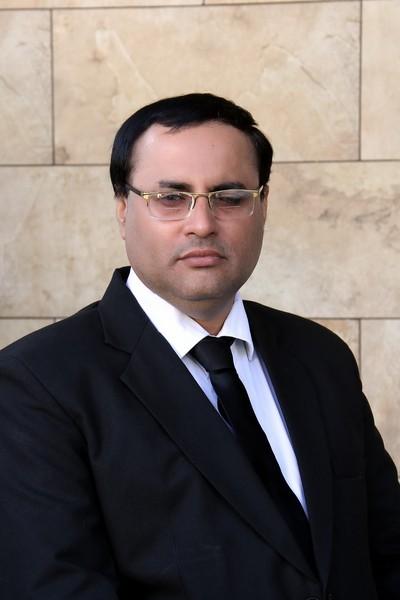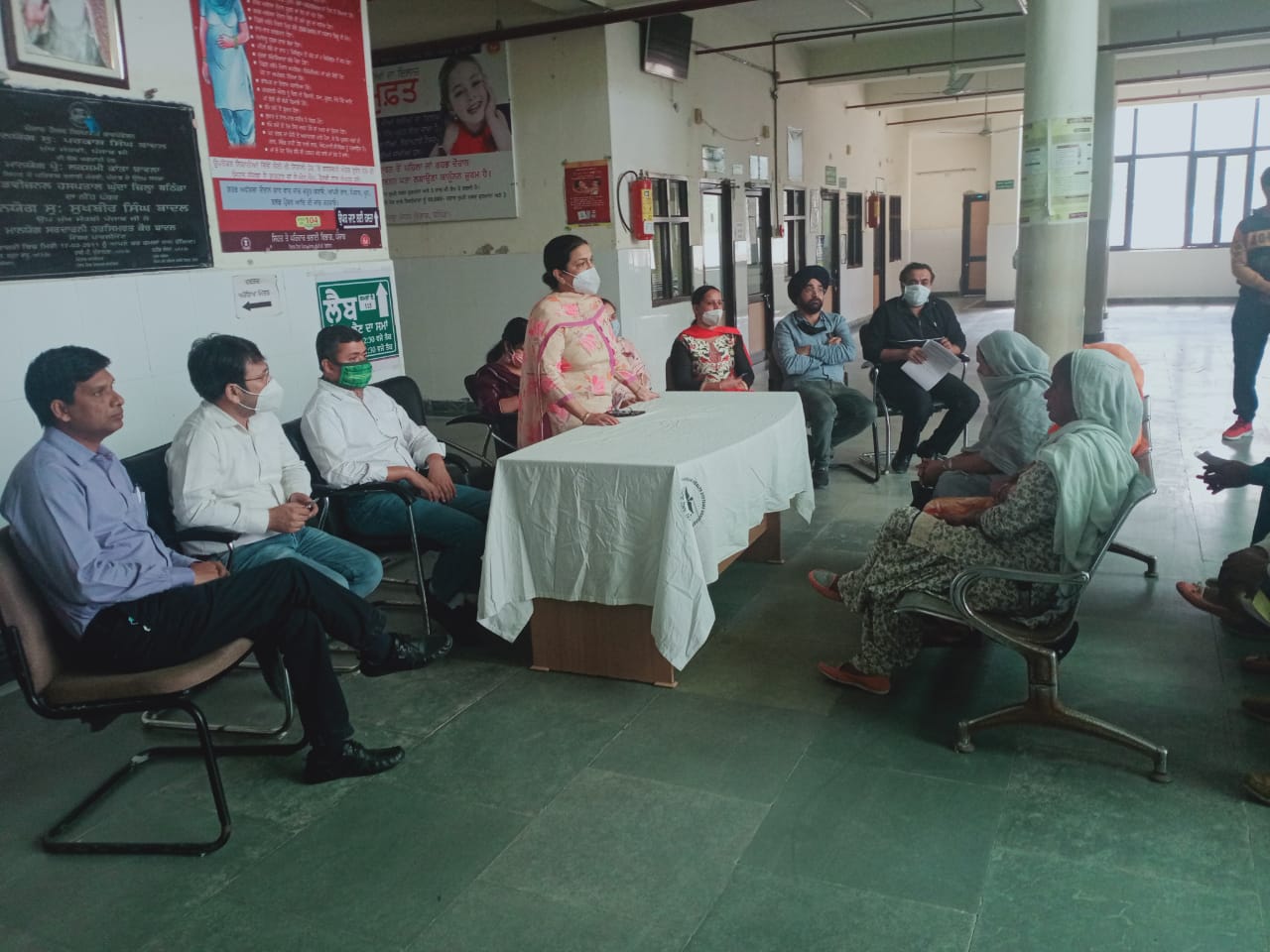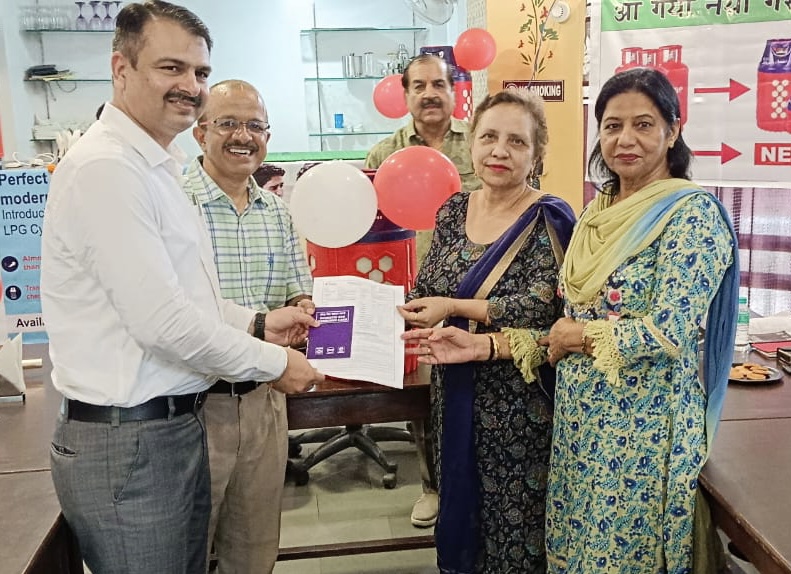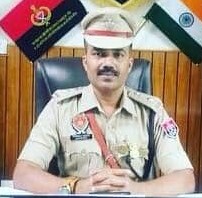Let’s pay our tribute to Mohandas Karamchand Gandhi on his death anniversary –Puri
Jaswant Singh Puri/ January 30,2023
Father of the Nation, Mohandas Karamchand Gandhi popularly known as Mahatma Gandhi was martyred on 30th January, 1948. This day of 30th January is observed as Martyrdom Day in memory of Mahatma Gandhi. He was assassinated at Gandhi Samriti in the Birla House. He was born on October 2, 1869 in Porbandar, Gujrat. His father Karamchand Gandhi was the ‘Diwan’ of Porbandar and mother Putlibai was a deeply religious lady. Gandhi’s devoted wife Kasturba Gandhi was an integral companion, his caretaker and later in life his representative to become a devoted activist of India’s non-violent struggle for independence.
Kasturba first became involved in politics as a social activist in South Africa. In 1904, she helped Mohandas and others to establish the Phoenix Settlement near Durban where they lived for several years. She also faced imprisonment for her political activities in South Africa.
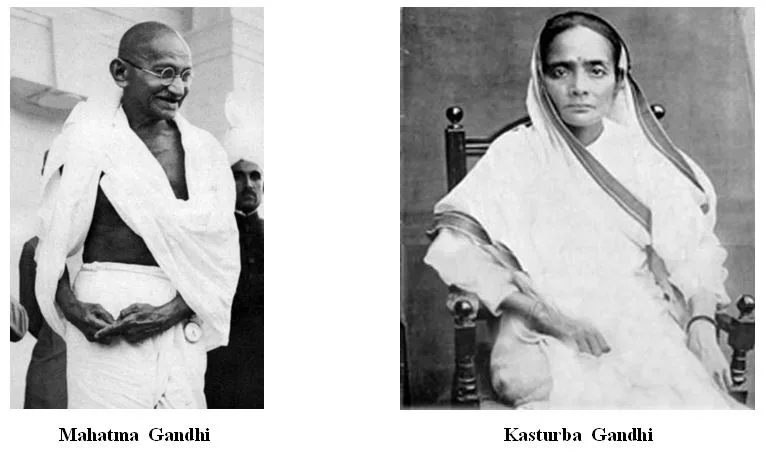
Mahatma Gandhi is regarded as the Father of the Nation. He led India’s struggle for freedom and was revered for his non-violent approach against the British Rule. 30th January is observed as Martyrdom Day to pay tributes to the greatest freedom fighter. Every year on this day, the President, Vice-President, Prime Minister, Defence Minister and the three Service Chiefs – Army, Air Force and the Navy pay tributes at Mahatma Gandhi’s memorial at Raj Ghat in New Delhi. Two minutes of silence is observed in memory of martyred freedom fighters.
Gandhi is the symbol of non-violence. Many world leaders regard him as their inspiration like Martin Luther King Jr., Nelson Mandela, Dalai Lama etc. His philosophy is based on three principles–nonviolence, the fight for truth (Satyagraha) and individual and political freedom (Swaraj). In his fight for peace, he derived advice from the teachings of Buddha and other saintly figures. He quoted once which is worth appreciating:
“You must not lose faith in humanity. Humanity is like an ocean; if a few drops of the ocean are dirty, the ocean does not become dirty.”
His contributions to the world are numerous. He taught a new spirit and technique called ‘Satyagraha’. He laid emphasis that the moral universe is one and the morals of individuals, groups and nations must be the same. He insisted that the means and the end must be consistent.
Gandhi received formal education at Rajkot and Bhavnagar. He studied law in England and became a barrister in 1891. He went to South Africa as legal counsel to an Indian firm in 1893. He was shocked to see the racial discrimination there. He protested against the South African Government and was repeatedly imprisoned. He came back to India and set up Sabarmati Ashram near Ahmedabad. When he allowed Harijans in the Ashram, orthodox Hindus opposed him. During his initiatives in South Africa, he became a popular figure in India and other British Colonies. On his return to India, he was hailed as an esteemed leader. During his study in London, he came in contact with personalities like Edward Carpenter, George Bernard Shaw and Annie Besant who inspired him for freedom struggle in India. Gandhi put up new techniques against the Rowlatt Act. He adopted non-cooperation and ‘Satyagraha’ techniques against the British. He launched the ‘Satyagraha’ Campaign in India at Champaran, Bihar against the European planters who oppressed the Indian indigo planters.
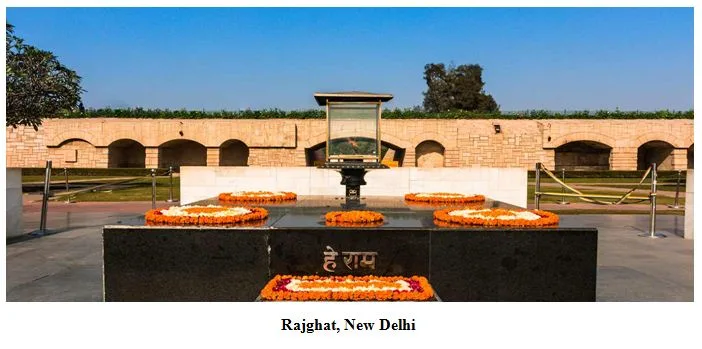
Gandhi edited two journals – ‘Navjivan’ and ‘Young India’ to propagate his ideas. ‘Young India’ was renamed as ‘Harijan’. He was able to unite all sections of Indian people in a mass National Movement. During the protest against the Rowlatt Act and the massacre of Jallianwala Bagh Tragedy, Gandhi realized that non-cooperation was the best way to get justice from the British. A new lease of vigour was imbibed in the National Movement which was “an opportunity of uniting Hindus and Mohammedans which would not be possible in hundred years.” The Non-cooperation Movement spread nationwide but the movement was called off due to ‘Chauri-Chaura’ incident in Bihar.
Gandhi was imprisoned for six years in 1922 and was released in 1924 on medical grounds. He campaigned for ‘Khadi’ and ‘Swadeshi’ and started Civil Disobedience Movement in 1930. His famous ‘Dandi March’ from the Sabarmati Ashram to violate the Salt Act brought rich results. Gandhi also launched the Quit India Movement in 1942 during World War-II. Ultimately, his efforts along with other loyal associates became successful and India got freedom on 15 August, 1947 though he could not avert the division of India.
Note: This article is dedicated to Smt. Alka Puri, M.A. (Hindi, B.Ed.). She was the Secretary, Ladies Club, Punjabi University, Patiala during the tenure of Vice-Chancellor Dr. S.S. Johal who was awarded with prestigious award Padma Bhushan in 2004. Smt. Alka Puri was the devoted wife of Dr. Ajit Singh Puri and deeply affectionate mother of Jaswant Singh Puri.
(The views expressed are personal)

